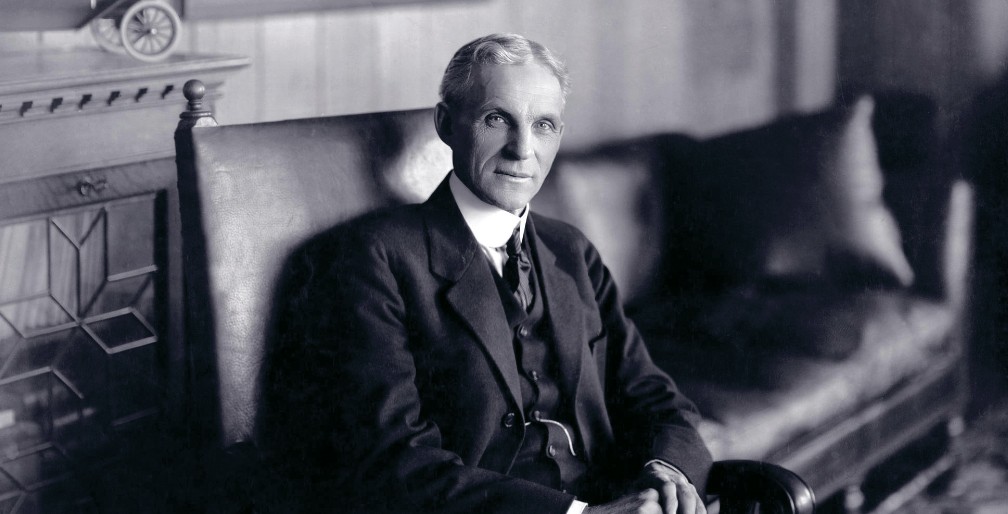Create a New Shared Culture for M&A Success
The vital role of corporate culture as an enabler of business growth and, ultimately, a deciding factor in the organization’s staying power has grown. This is most notable in cases where a corporate culture that lacked in one or more crucial aspects contributed to the faltering of a business deal or high-profile leadership turnover. (Culture-related challenges at the likes of Uber, WeWork and Amazon come to mind.)
Perhaps nowhere is the need to proactively, strategically assess and address the elements that make up an organization’s culture more urgent than in the case of a merger or acquisition. Without a clear, agreed-upon vision for what the culture of the new organization should look like, leadership and transition teams are likely to stumble in their efforts to merge business operations, ultimately putting the financial success of the deal at risk.
The challenges of successfully cultivating corporate culture are especially pronounced today, as the past two years have seen a veritable buffet of M&A activity. In 2018 alone, the value of mergers struck during the first half of the year was $2.5 trillion—a record for the six-month time period. The first half of 2019 saw $2 trillion more in deals inked, according to The New York Times. But a glance at the past proves how perilous these unions can be when culture is not given due and proactive attention.
Consider Ford’s $6 billion acquisition of Volvo in 1999: The deal would be deemed a failure in large part because Ford’s hierarchical, process-driven teams clashed with those from Volvo, where flexibility and worker empowerment were emphasized. The U.S. automaker eventually sold off Volvo 11 years later for $1.8 billion. Sprint’s $35 billion acquisition of Nextel in 2005 is another example: When buttoned-down, process-driven Sprint failed to fully integrate Nextel’s entrepreneurial, casual culture, the clashes affected “everything from advertising strategy to cellphone technologies,” The Washington Post reported. Only three years later, Sprint decided to write down 80% of the value of the failed merger.
Cultural divides, such as those between “loose” and “tight” organizational cultures, often are the Achilles’ heel of M&As, according to research by University of Maryland psychologist Michele Gelfand and Ivey Business School professor Chengguang Li. After studying more than 6,000 mergers between 1980 and 2013, they found that an organizational cultural divide negatively affected the acquirer’s returns.
In fact, business integrations have a worse track record than romantic ones, with 50% of M&As (or more, by some estimates) ultimately failing. As with marriages, corporate unions often collapse because the parties lack shared values, which leads to clashing priorities.
At Insigniam, we see this type of M&A heartache often: Two successful, vibrant companies attempt to unite, but whether because of impatience or imprudence, they give culture short shrift. Two or three or five years later, they are still trying to clean up the mess—while the promised financial benefits have yet to be realized. Sometimes, executives assume that the two cultures will naturally converge—or, just as often, they try to mesh the best of both into one. Neither tactic works. Share on X
What does work is being proactive. That is: Create a new, shared culture across the newly formed organization, and then strategically work to build buy-in so the nascent new culture can take root. Here is how.
“Sometimes, executives assume that the two cultures will naturally converge—or, just as often, they try to mash the best of both together into one. Neither tactic works.”
Know Your Starting Points
There is a simple parable: Two fish meet in the ocean. One asks, “How’s the water?” and the other answers, “What’s water?” Countless written and unwritten practices, behaviors and relationships give life to a company’s way of being and doing things. For those not deliberately looking to examine these elements culture can easily be taken for granted or not even noticed—as imperceptible as air can be.
This is why a thorough assessment is so important. In fact, we urge conducting a thorough understanding of each entity’s distinct corporate cultures as part of due diligence. The context of the assessment can be, “What will it take to build a high-performing culture from these two entities?” This assessment is the only objective way to understand the distinct elements that constitute each culture, how these can be leveraged and what challenges to look out for.
Most important, the assessment must happen beyond the glass walls of the corner office. Aim for a mix of face-to-face interviews and online surveys, with plenty of open-ended questions. One assessment that we completed spanned 35,000 respondents. Ideally, an assessment would survey all employees and include one-on-one interviews with 5%-10% of the organization.
Create a Coalition
The goal is not to combine cultures or, worse yet, to impose the culture of one organization upon the other. That is a fool’s errand and one that will likely only seed emotional battles with “winners and losers.” The real path to a seamless M&A is to unhook both sides from their respective legacy cultures and create a new culture for the new entity. The new culture may possess elements or bright spots from the previous companies, but it should not be a Frankenstein’s monster of ill-fitting parts. You must begin with a blank slate—a culture to be constituted anew.
Armed with data and insights from the cultural assessment, the C-suite then must assemble a leadership coalition pulled from all levels of the org chart. You will be looking both for leaders in the formal sense and for those informal leaders who have passion and influence regardless of their title or role.
This coalition, likely 30 to 40 people strong, will work together to create a cultural framework for the new company. Maybe the group will produce a vision and mission statement or a series of principles for the organization. Whatever the framework, the coalition should be bold enough to unhook from the legacy system to which members were accustomed and embrace—with fervor—the new way of doing things and rules for success. The framework also must be clear and concise, so that employees are left with no ambiguity about key principles and goals.
“The real path to a seamless M&A is to unhook both sides from their respective legacy cultures and create a new culture entirely.”
Do Not Rush Buy-In
In every organization, there are certain people who know how best to win over their colleagues. Rather than rolling out the cultural framework at the next company all-hands meeting with the expectation that everyone will immediately get on board, organizations must identify key influencers for each division or department and enlist them to an enrollment team. That may be 30 or 40 people; for some clients we’ve worked with, the numbers have swelled as high as 115.
These well-chosen emissaries will know how to get their colleagues to unhook from a firmly established culture to buy into one that is entirely new. How this happens can vary widely by organization. At one of our engagements, the enrollment team settled on hosting a family picnic so that spouses and children from both sides of the M&A could get acquainted. At another, the team decided that the only way to secure buy-in was to speak to every employee about the cultural framework and ask them to sign on. Sound extreme? Maybe. But 18 months later, a survey found that 73% of employees thought of themselves as a part of this new culture.
Make Culture Come to Life
Culture is organic; it is what happens when people work with and around one another. And for a new culture to truly take root, you need to put project teams to work.
Build the project teams with employees from both legacy companies, measuring their progress and emphasizing how these projects fit into the company’s new vision. The projects will produce quantifiable results that would not be predictable without the combined enterprise and that could only be produced by reinforcing the new culture. The result should be something unprecedented.
Anyone with even a bit of business sense knows that M&As are not for the faint of heart. But it is foolish to assume that every failure results from a strategic or financial misstep. In fact, many fairy-tale unions fail not for the business strategy behind them but for the dearth of care given to building and cultivating a new culture after the deal itself is complete.
When organizations lean in to culture—not as an afterthought but as an integral component of establishing a new union—the ROI almost always proves the value of a deliberate, culture-first approach. Cisco Systems, for instance, pulled off more than 70 successful M&As between 1993 and 2000, in part because it was proactive and empowered a dedicated, internal team to focus on organizational culture. Deutsche Bank’s acquisition of Bankers Trust is another example: Executives deployed a cultural assessment and then formed a team that spanned the CEO, division heads and HR leads to actively craft and cultivate a new, unifying culture—in turn creating one of the world’s leading banks.
In spite of failures, successes abound. I know because our portfolio, too, overflows with them. When leaders give culture its due credit, M&As rarely teeter and fall. Instead, previously unimagined potential becomes unlocked.
This article appeared in the Spring 2020 issue of IQ Insigniam Quarterly, with the headline “A New Sound for Success.” To begin receiving IQ, go here.



